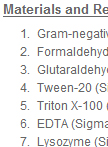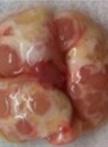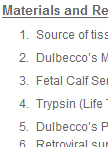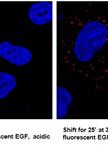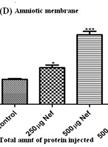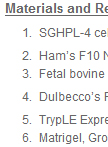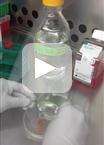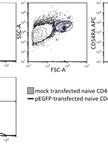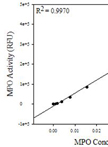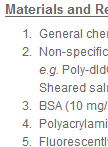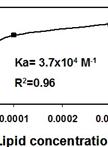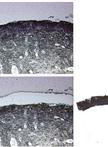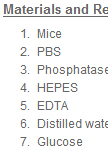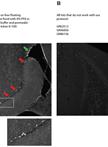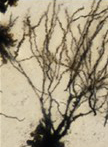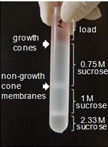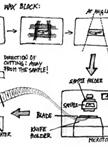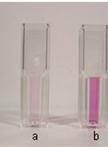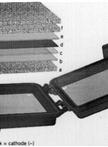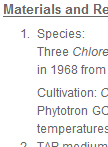往期刊物2013
卷册: 3, 期号: 15
生物化学
Immunolabeling of Proteins in situ in Escherichia coli K12 Strains
在大肠杆菌K12菌株中进行蛋白原位免疫标记
癌症生物学
Generation of Mouse Lung Epithelial Cells
制备小鼠肺上皮细胞
Retrovirus Mediated Malignant Transformation of Mouse Embryonic Fibroblasts
逆转录病毒介导小鼠胚胎成纤维细胞的恶性转化
细胞生物学
Epidermal Growth Factor (EGF) Receptor Endocytosis Assay in A549 Cells
A549 细胞中的表皮生长因子(GCF)受体内吞作用分析
Assay of Blood Brain Barrier and Placental Barrier Permeability
血脑障壁和胎盘屏障透过率的分析
Extravillous Trophoblast Migration and Invasion Assay
绒毛外滋养层细胞的迁移和侵袭试验
免疫学
Whole Spleen Flow Cytometry Assay
完整脾脏的流式细胞分析
Transfection of Human Naive CD4+ T Cells with PHA Activation and Neon Electroporation
采用PHA活化和Neon电穿孔法转染人幼稚CD4+T淋巴细胞
Pulmonary Myeloperoxidase Activity
肺髓过氧化物酶活性试验
微生物学
EMSA Analysis of DNA Binding By Rgg Proteins
采用凝胶迁移实验(EMSA)分析Rgg蛋白与DNA的结合
CAMP-Membrane Interactions Using Fluorescence Spectroscopy
采用荧光光谱法检测环磷酸腺苷与膜的相互作用
分子生物学
Total RNA Isolation after Laser-capture Microdissection of Human Cervical Squamous Epithelial Cells from Fresh Frozen Tissue
从鲜冻组织中激光捕获显微解剖人宫颈上皮细胞后分离总RNA
神经科学
Subcellular Fractionation of Mouse Brain Homogenates
小鼠脑组织匀浆的亚细胞分离
In vivo Neurogenesis
体内神经发生
Neuronal Morphology Analysis
神经元形态分析
Isolation of Growth Cones from Mouse Brain
从小鼠脑部分离神经元生长锥
植物科学
Maize Kernels – Fixation in FAA, Embedding, Sectioning and Feulgen Staining
玉米籽粒的固定(FAA)、包埋、切片及染色
Determination of Ferric Chelate Reductase Activity in the Arabidopsis thaliana Root
拟南芥根中铁还原酶活性的测定
Western Blot Analysis of Chloroplast HSP70B in Chlorella Species
蛋白印迹分析小球藻物种中的叶绿体蛋白HSP70B
Heat Shock Treatment of Chlamydomonas reinhardtii and Chlorella Cells
热击处理莱茵衣藻和小球藻细胞


